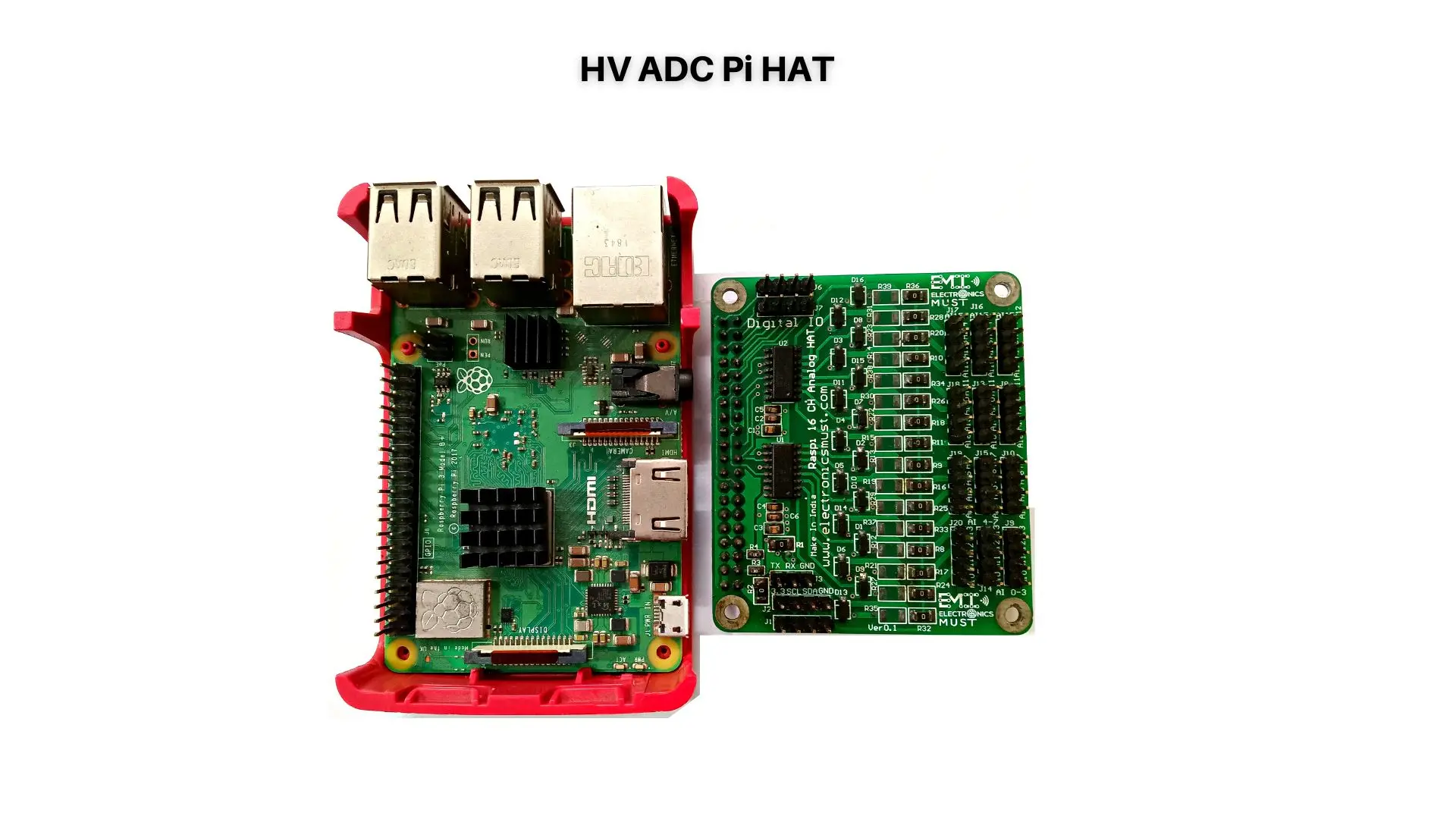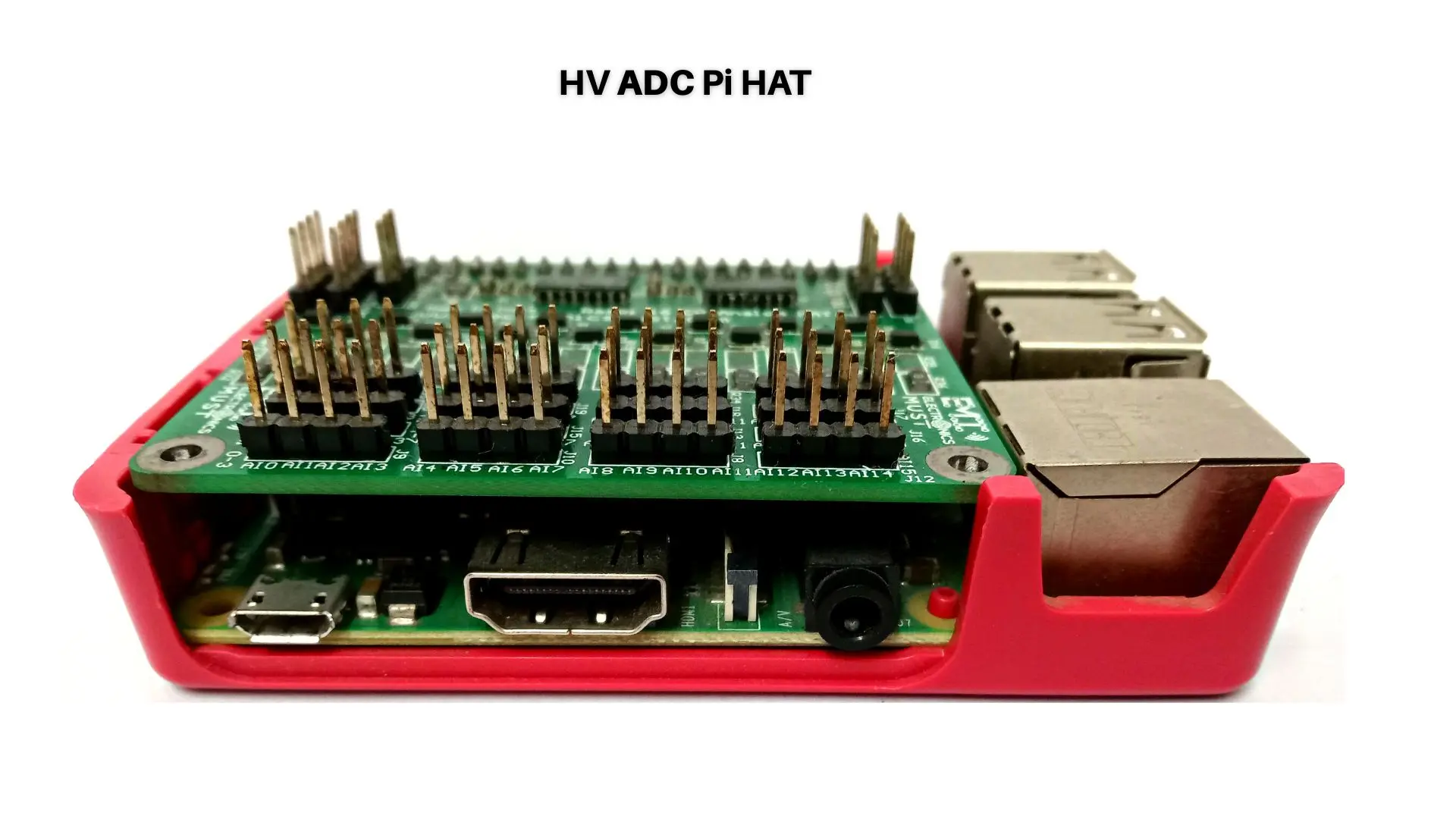In this article we will share about 5 Latest Innovations in PCB Industry for Electronics Circuit Devices. The printed circuit board (PCB) industry is constantly developing, with new technologies and materials being developed to improve the performance and cost-effectiveness of electronic devices.
Here are the 5 Latest Innovations in PCB Industry for Electronics Circuit Devices
1. Advanced Materials
One of the most significant innovations in the PCB industry is the development of advanced materials that offers improved performance and reliability. These materials include flexible PCBs, which are becoming increasingly popular in wearable devices and flexible electronics, and high-temperature PCBs, which are used in applications that require high thermal stability.
Other advanced materials include low-loss materials, which reduce signal loss and improve signal integrity, and high-frequency materials, which are used in high-frequency applications such as 5G networks.
Get a prototype before production: Before committing to a large-scale production run, consider getting a prototype of your PCB made. This will allow you to test the design and make any necessary changes before moving on to mass production.
2. Improved Manufacturing Processes
Another major innovation in the PCB industry is the development of improved manufacturing processes. One such process is laser direct imaging (LDI), which is a process that uses a laser beam to image the circuit pattern onto a photoresist-coated PCB. LDI offers several advantages over traditional photolithography, including higher resolution and greater accuracy. Therefore, other improved manufacturing processes include embedded component technology, which allows for integrating components directly into the PCB, and additive manufacturing, which enables the production of complex and customized PCBs.
Review the PCB manufacturer’s capabilities and certifications: Research the PCB manufacturer’s capabilities and certifications to ensure that they can provide the services you require, and that they meet any necessary industry standards or certifications.
3. Design Automation Tools
As the complexity of electronic devices increases, so too does the complexity of the circuit design process. To address this issue, there has been a growing trend towards the use of design automation tools in the PCB industry. These tools use computer algorithms to automate various aspects of the circuit design process, including schematic capture, component placement, and routing.
In addition, this allows engineers to focus on the more critical aspects of the design, such as functional verification and testing, and speed up the design process.
4. Miniaturization
Miniaturization is another trend in the PCB industry, driven by the growing demand for smaller and more portable electronic devices. To achieve this, PCB manufacturers are using techniques such as fine-pitch components, high-density interconnects, and multi-layer PCBs. Miniaturization also leads to improved power efficiency and increased functionality in electronic devices.
5. Traceability
Traceability is becoming an increasingly important aspect of the PCB industry, as it used electronic devices in more critical applications, such as aerospace, medical, and military. It’s refers to the ability to track and trace the history of a PCB, including the materials used, the manufacturing processes applied, and the test results. This is crucial for ensuring the quality and reliability of the final product, and for facilitating the rapid identification and resolution of any issues that may arise.
Consider using traceability: To ensure that the quality and reliability of the final product is maintained, consider using traceability. This will allow you to track and trace the history of your PCB, including the materials used, the manufacturing processes applied, and the test results, making it easier to identify and resolve any issues that may arise.
In conclusion, the PCB industry is constantly developing, and the innovations discussed. As a result, are just a few examples of the many advancements that are driving the industry forward. From advanced materials to improved manufacturing processes, design automation tools, miniaturization, and traceability. These innovations are helping to improve the performance and reliability of electronic devices and enabling the delivery of advanced electronic circuit design services to meet the growing demand.






